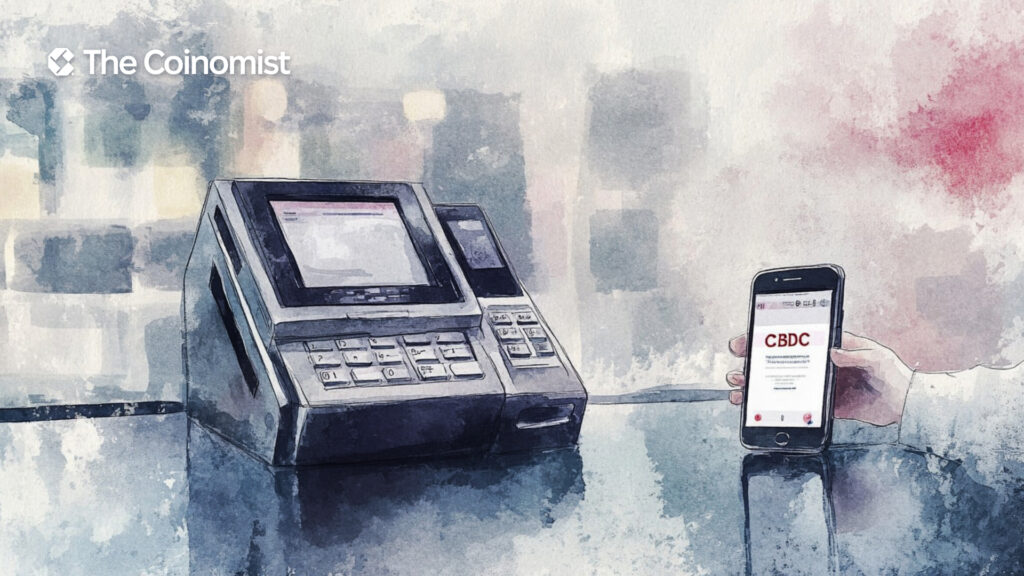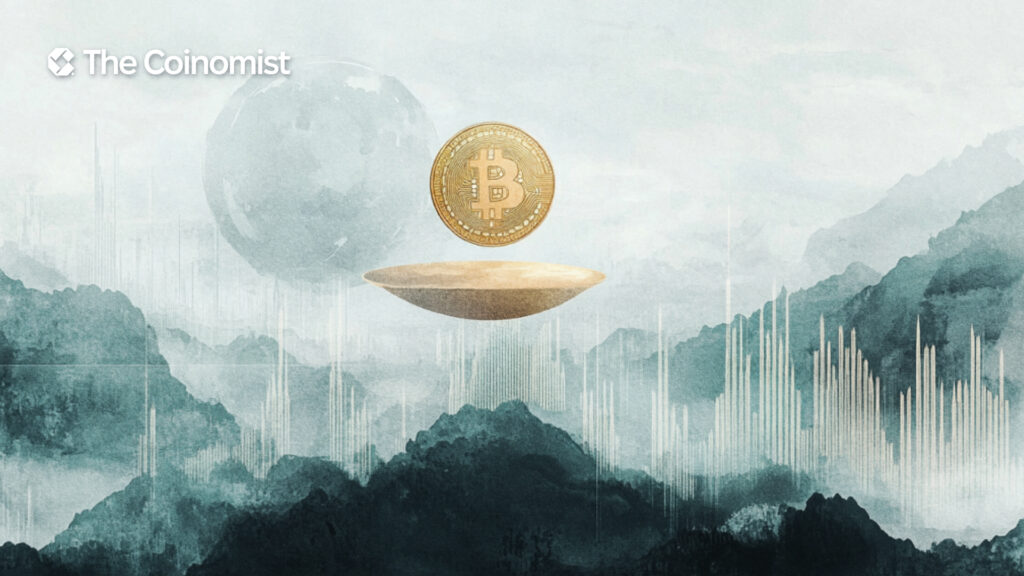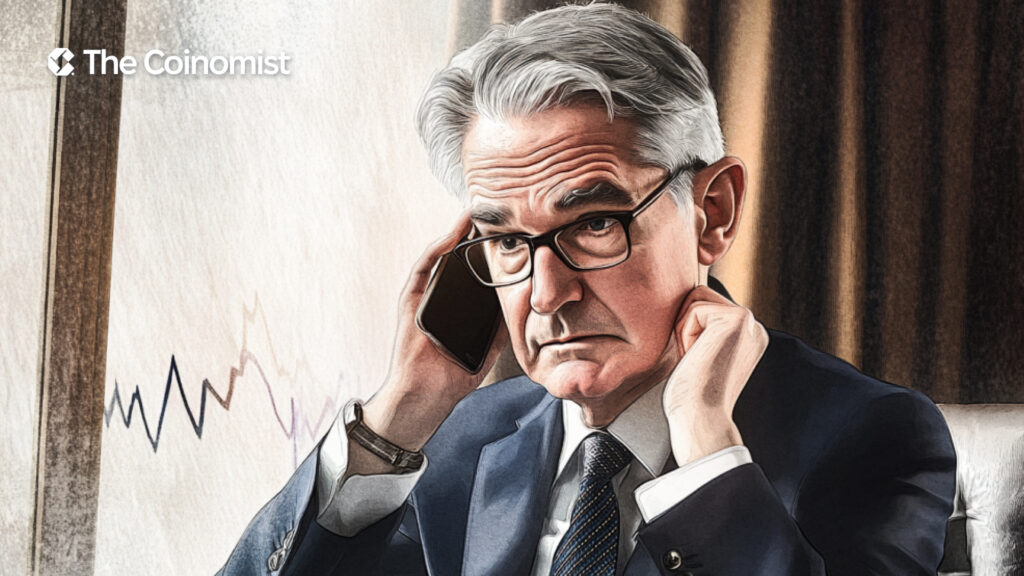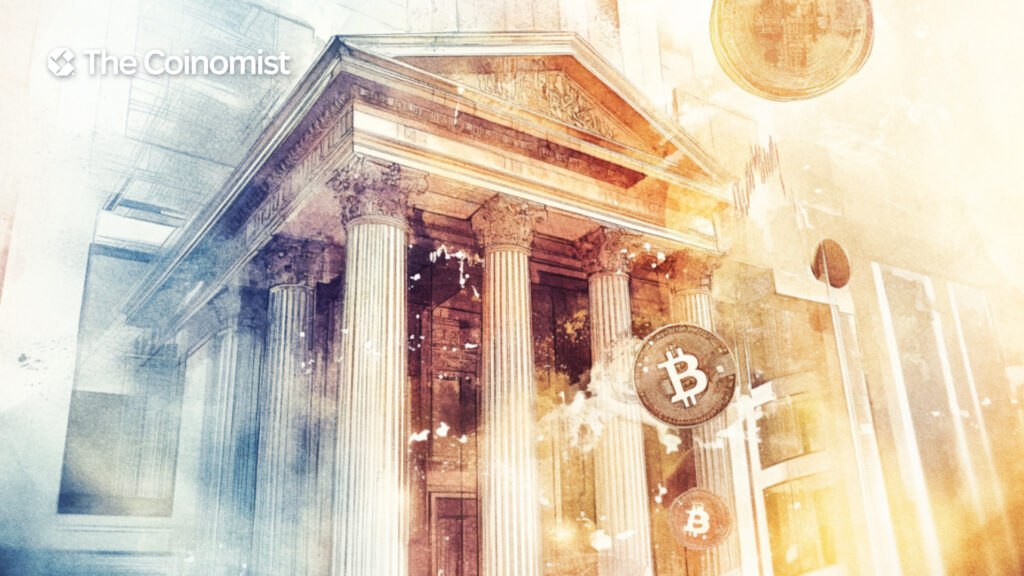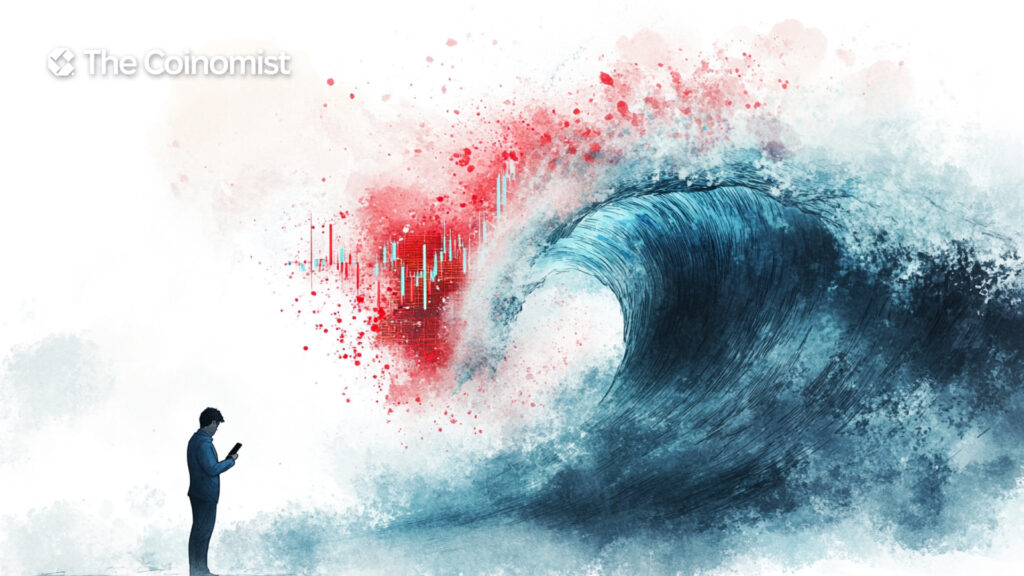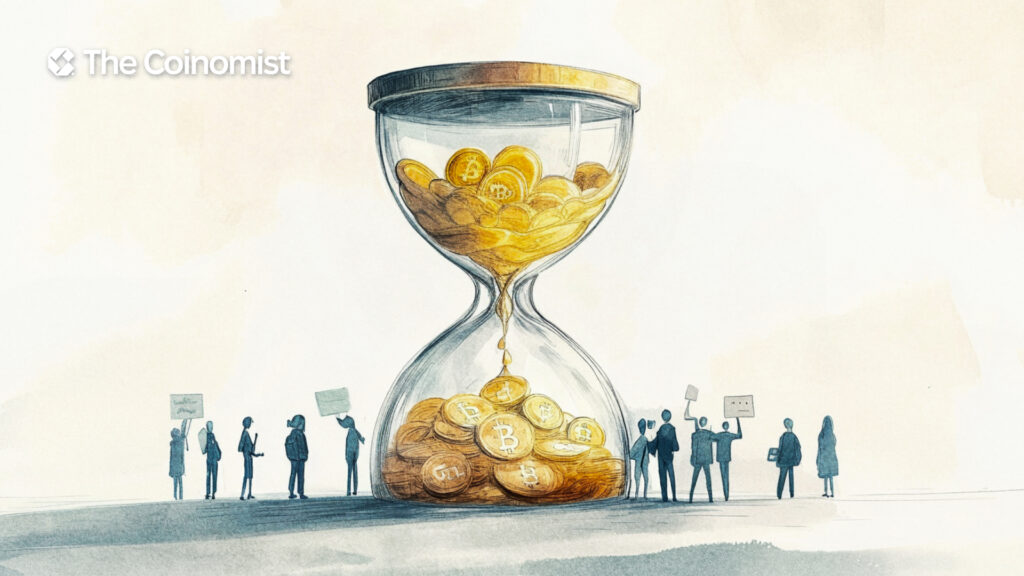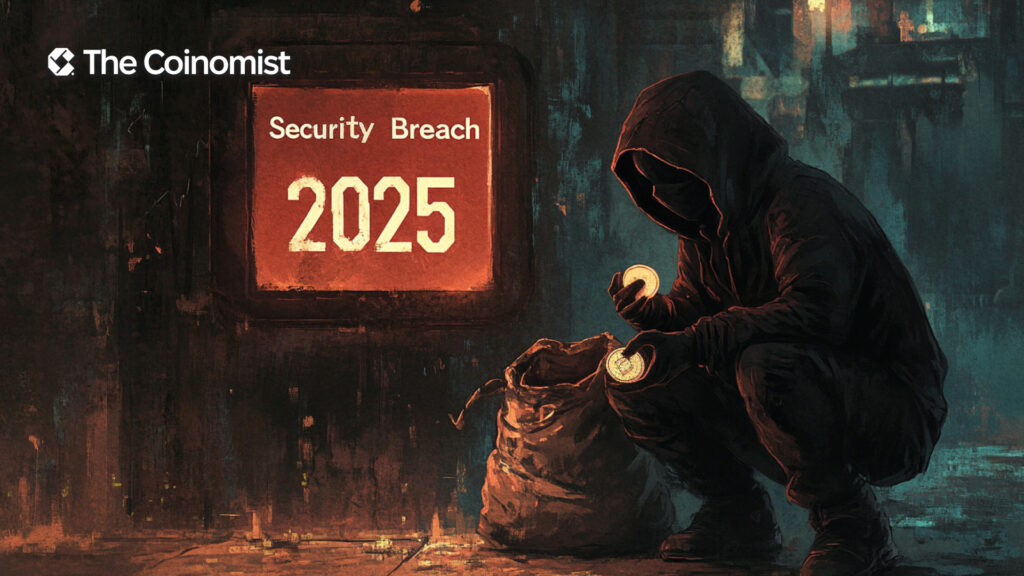Jim Cramer’s Wild Ride: From Bitcoin Bull to Crypto Skeptic and Back Again
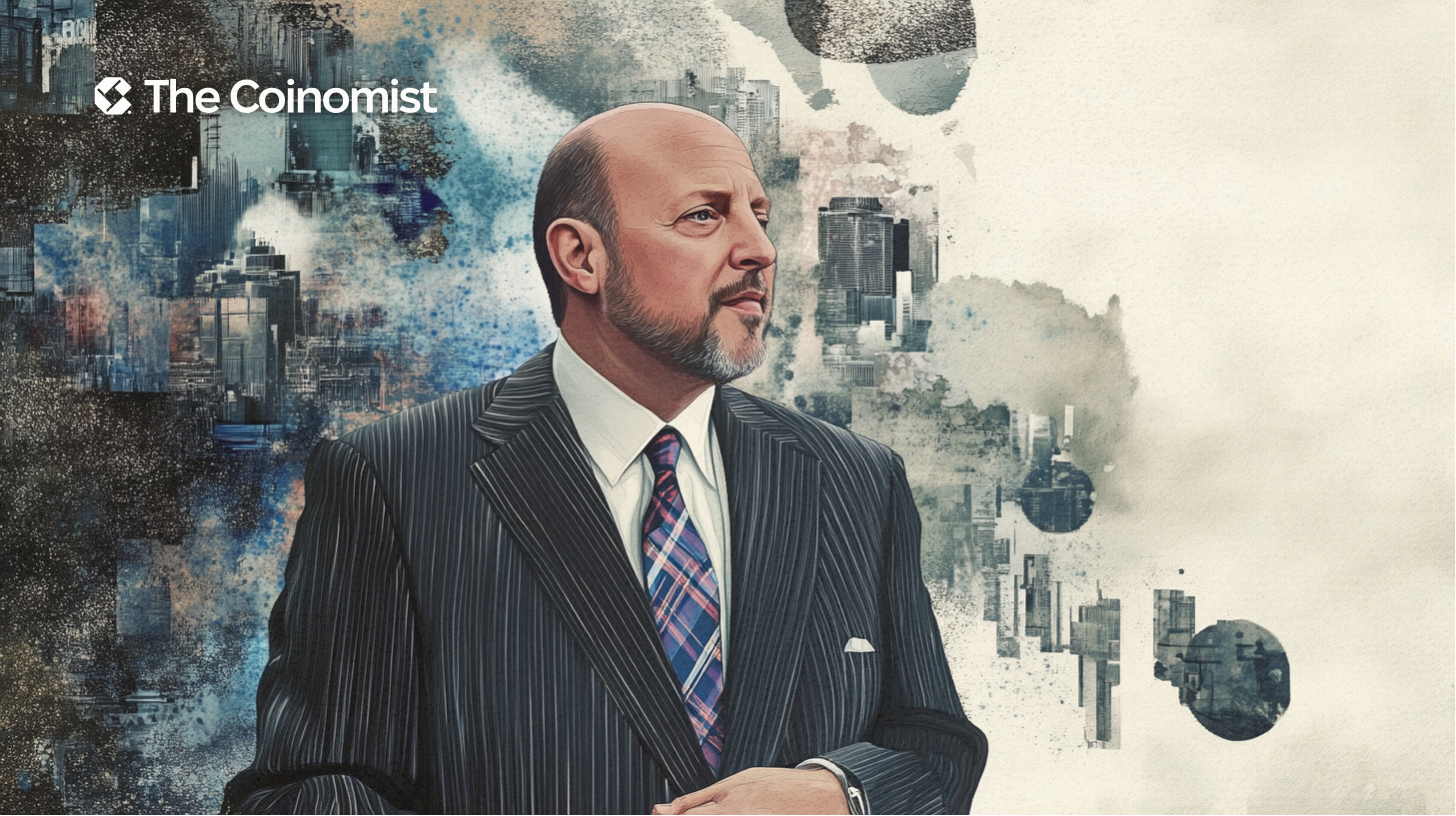
Jim Cramer has long been one of the loudest voices in finance. As the host of CNBC’s Mad Money, he’s built a reputation for bold stock market predictions, often delivered with over-the-top enthusiasm. But nowhere has his inconsistency been more evident than in crypto.
On this page
From bullish optimism to outright skepticism and back again, Jim Cramer’s shifting stance on Bitcoin has repeatedly left investors both amused and baffled. Some traders even turned his unpredictability into a profitable trading strategy by betting against his predictions.
But does the Inverse Cramer strategy really work?
Crypto Boom: Jim Cramer’s Early Enthusiasm
At the peak of Bitcoin’s bull market in 2021, Jim Cramer wasn’t just optimistic about crypto—he was all in. He strongly encouraged investors to buy Bitcoin and Ethereum, calling them a hedge against inflation.
Moreover, he backed up his words with action. Cramer publicly shared that he had not only bought Bitcoin but also made a profit, which he then reinvested into his own farm (not a mining farm, but a traditional ranch).
In a now-famous tweet, he fired back at critics:
I bought a farm with my Bitcoin winnings, all announced, and I bought a boat with Ethereum. All announced. Everything disclosed. I WANT you to bet against me.
It seemed Jim Cramer truly believed in crypto’s future. But when market conditions changed, so did his opinion.

A Sudden U-Turn: “Bitcoin Is Dead”
By mid-2022, Bitcoin had crashed from its all-time high of $69,000 to below $20,000, and Cramer’s optimism disappeared instantly.
On Mad Money, he blamed the Federal Reserve, arguing that its monetary tightening policies were crushing speculative assets, including crypto. In one of his most striking statements, he declared:
The Fed has practically finished off cryptocurrencies, but they don’t seem to realize it yet.
Then, in December 2022, Cramer urged investors to sell Bitcoin immediately, warning that waiting any longer would be a mistake:
You can’t just beat yourself up and say, ‘hey, it’s too late to sell.’ The truth is, it’s never too late to sell an awful position, and that’s what you have if you own these so-called digital assets.
At the time, Bitcoin was trading at $17,000. Just a few months later, its price doubled, soaring past $35,000. This turned Jim Cramer's advice into one of the worst crypto calls in history.
At that moment, the crypto community recognized Cramer as a market signal.
The Inverse Cramer Strategy
Jim Cramer’s consistent track record of failed predictions led many to believe that the best way to profit from his advice was to do the exact opposite.
By 2023, Twitter (now X) was flooded with traders who treated his predictions as a contrarian signal. One widely shared post summed it up:
Jim Cramer says sell Bitcoin? Time to go all in.
The trend gained so much traction that Tuttle Capital Management decided to take it a step further. In March 2023, they launched the Inverse Cramer ETF (ticker: SJIM)—an investment fund designed to bet against Jim Cramer’s recommendations.
At first, it seemed like a brilliant strategy. But then, an unexpected turn of events changed everything.
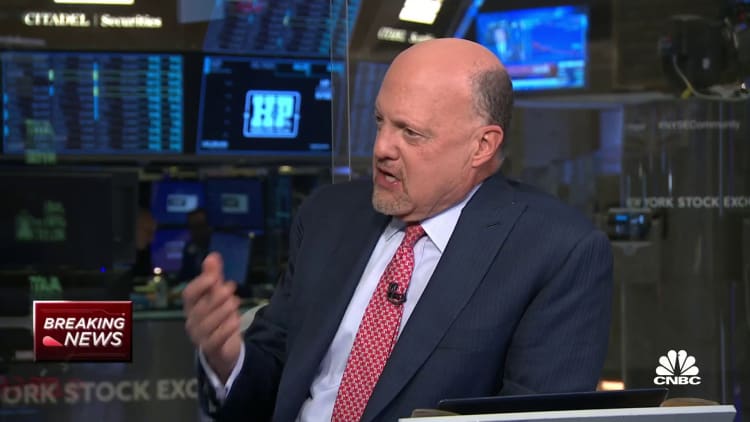
The Inverse Cramer ETF: When Betting Against Cramer Failed
If Cramer is always wrong, then betting against his predictions should be a foolproof strategy—or so it seemed. However, in practice, things weren’t that simple.
Trading with the “Cramer correction” in real-time turned into a nightmare. He made too many predictions, often contradicting himself within just a few weeks. This made it nearly impossible to consistently bet against him.
SJIM portfolio manager Matthew Tuttle admitted:
The sheer number of calls he makes and the speed at which he shifts gears makes it difficult to devise a repeatable blueprint for betting against him.
By early 2024, SJIM had dropped 15%, while the S&P 500 had risen 25% over the same period. In February 2024, Tuttle closed the fund, saying:
Retail investors are more focused on volatile products, and the interest in a long/short portfolio never fully materialized.
Betting against Cramer was not an easy way to profit.
Bitcoin’s Comeback: Cramer Shifts His Stance Again
By the end of 2023, Bitcoin had fully recovered from the bear market, and with it, Cramer's enthusiasm returned. In a November episode of Mad Money, he confidently told viewers:
If you like Bitcoin, buy Bitcoin. That has always been my view.
This directly contradicted everything he had said in 2022, though by then, investors had grown used to his abrupt changes in opinion.
However, his bullish stance remained unchanged through 2024 and 2025. In January 2025, he once again voiced strong support for Bitcoin, stating:
If you want to own Bitcoin, own Bitcoin. I own Bitcoin. You should own Bitcoin.
For someone who once predicted Bitcoin’s collapse, this was a complete 180-degree shift.
Jim Cramer and Crypto: A Signal of Market Chaos
So, where does this leave investors?
One thing is certain—Jim Cramer’s crypto predictions, whether bullish or bearish, often miss the mark on timing.
However, the real lesson from the Inverse Cramer effect isn’t just that he’s wrong. It’s that even the most seasoned financial analysts struggle to predict the market with accuracy.
The failure of Inverse Cramer ETF proves that betting against Cramer can be just as risky as following his advice.
Love him or hate him, Jim Cramer has become a financial phenomenon. Investors may not trust his predictions, but they pay close attention to what he says. While he’s often wrong, one thing remains constant—when he speaks, the markets react.

Jim Cramer’s crypto journey isn’t just about his shifting opinions—it’s a reflection of how financial markets work. His predictions, whether accurate or not, mirror the hype, fear, and volatility that influence retail investors.
Ultimately, Cramer isn’t just a TV host—he has become a market force himself.
The content on The Coinomist is for informational purposes only and should not be interpreted as financial advice. While we strive to provide accurate and up-to-date information, we do not guarantee the accuracy, completeness, or reliability of any content. Neither we accept liability for any errors or omissions in the information provided or for any financial losses incurred as a result of relying on this information. Actions based on this content are at your own risk. Always do your own research and consult a professional. See our Terms, Privacy Policy, and Disclaimers for more details.






